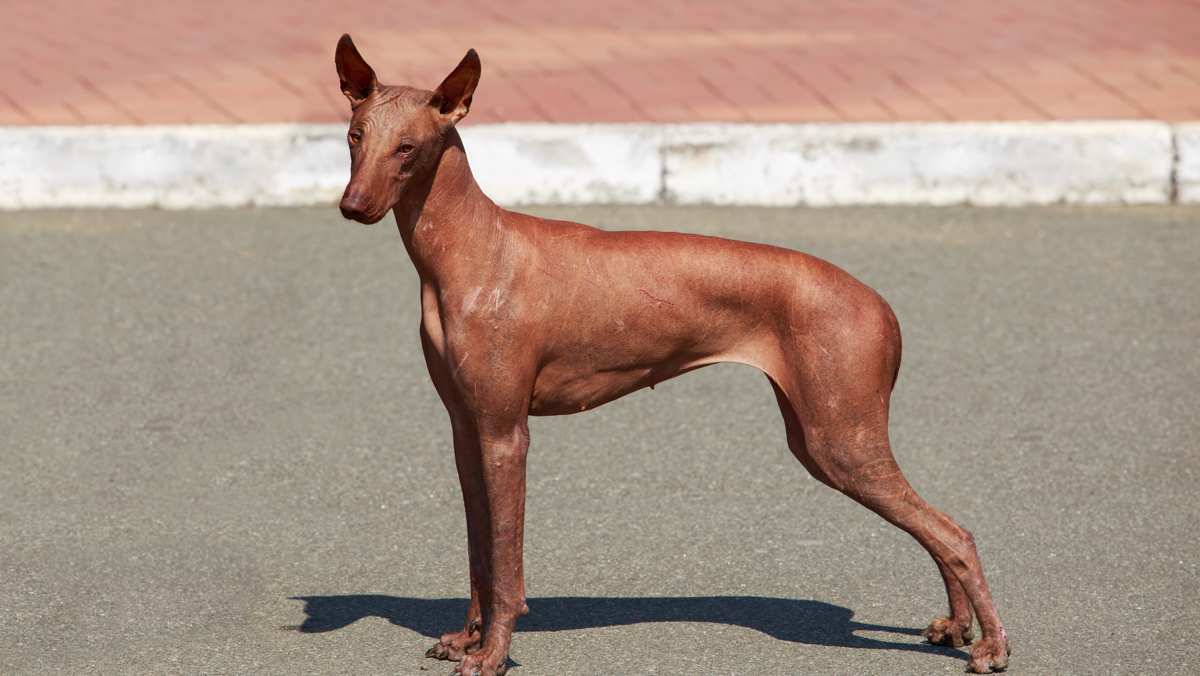There are a fair amount of ancient dogs around the world, and even a few in South and Central America, but there may be none as well-documented as this remarkably old as this breed. Peruvian Inca Orchid history is rich, filled with art and is supported by detailed pottery, statues and other artifacts starting around 750 B.C. when the Chimú, Moche, and Vicus cultures were dominant in the region now known as Peru. During that time, the dogs were believed to have been companions but were almost certainly used for food by the humans in the area.
During the 13th-15th centuries, the Incan empire claimed the Peruvian coastal areas and prohibited the dogs as food. In time, the dogs gained a mystical appeal. When the Spanish arrived in the 16th century, the dogs were flourishing. This changed as the Spaniards took to eating the dogs as well as using them for easy targets for their own dogs that were bred for war. Perhaps the one thing that did come from the Spanish Conquistadors invasion was that they had noted the hairless dogs elsewhere. These historical accounts have fueled speculation that the dogs, having been seen by Spaniards in Africa, Asia, and central America, may have first come from Asia, then spread through Africa and down through the Americas. Others claim it was the other way around, and that like maize being spread north through the Western hemisphere, so too did these dogs travel.
In any case, the breed was nearly killed off, and there are many arguments regarding this near-extinction too. Some say they were deliberately targeted by the Spaniards who sought to replace the natives' religions with Catholicism — which meant the dogs were intentionally killed due to the spiritual value they held. Others say that as the Incan empire was obliterated, the dogs' population dwindled significantly with the Incans.
There appears to be very little history and accounts kept after the Spaniards took control. The breed re-emerged in the mid-20th century when the FCI recognized the breed. It took several more decades before the AKC took formal notice, and in 1996 it placed the breed in its Foundation Stock Service. This didn't happen easily, as the Peruvian Inca Orchid Dog Club of America worked hard for the placement.
